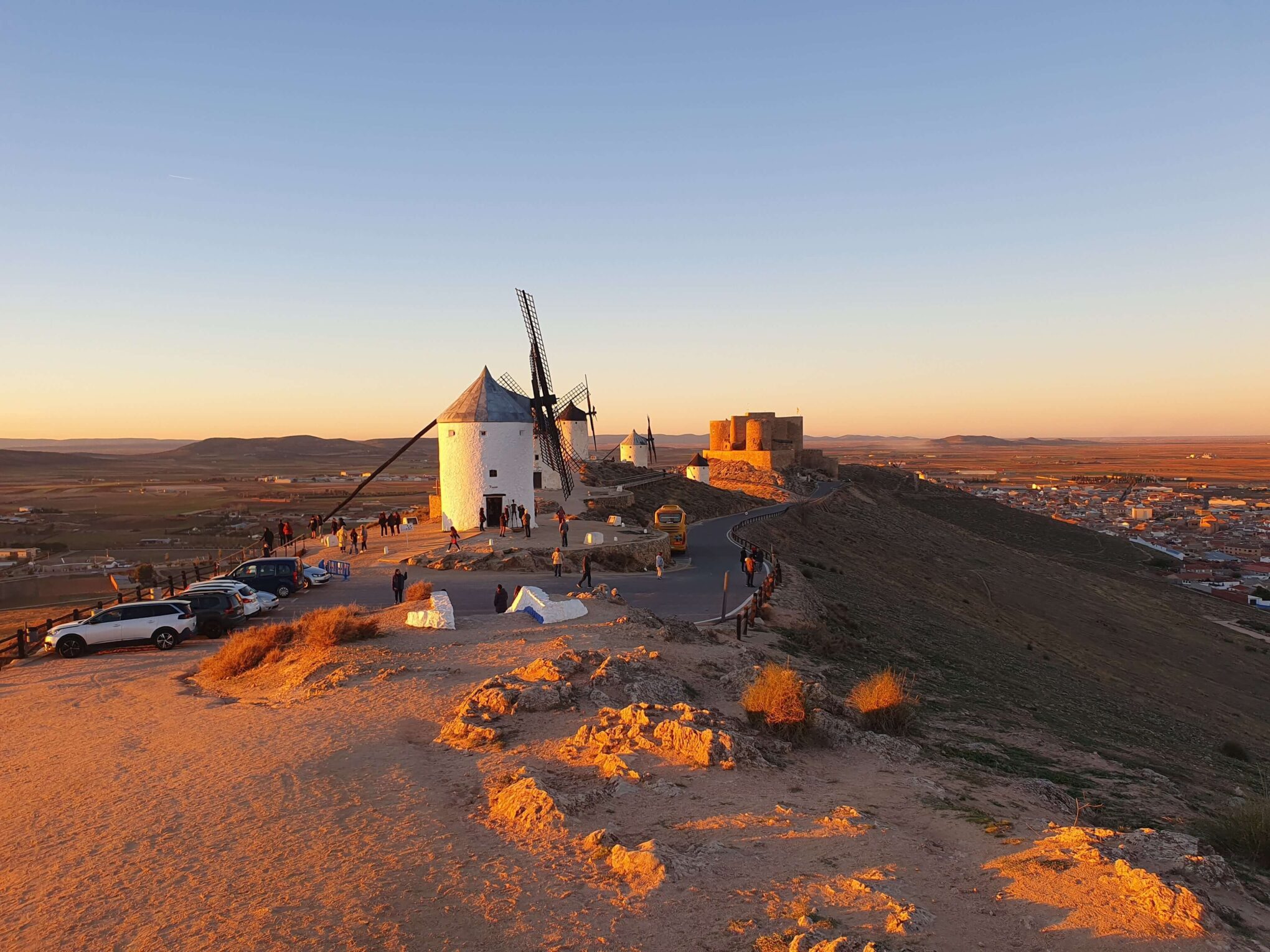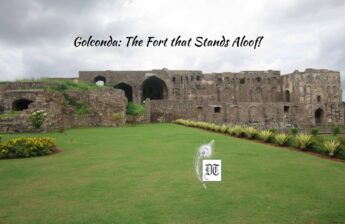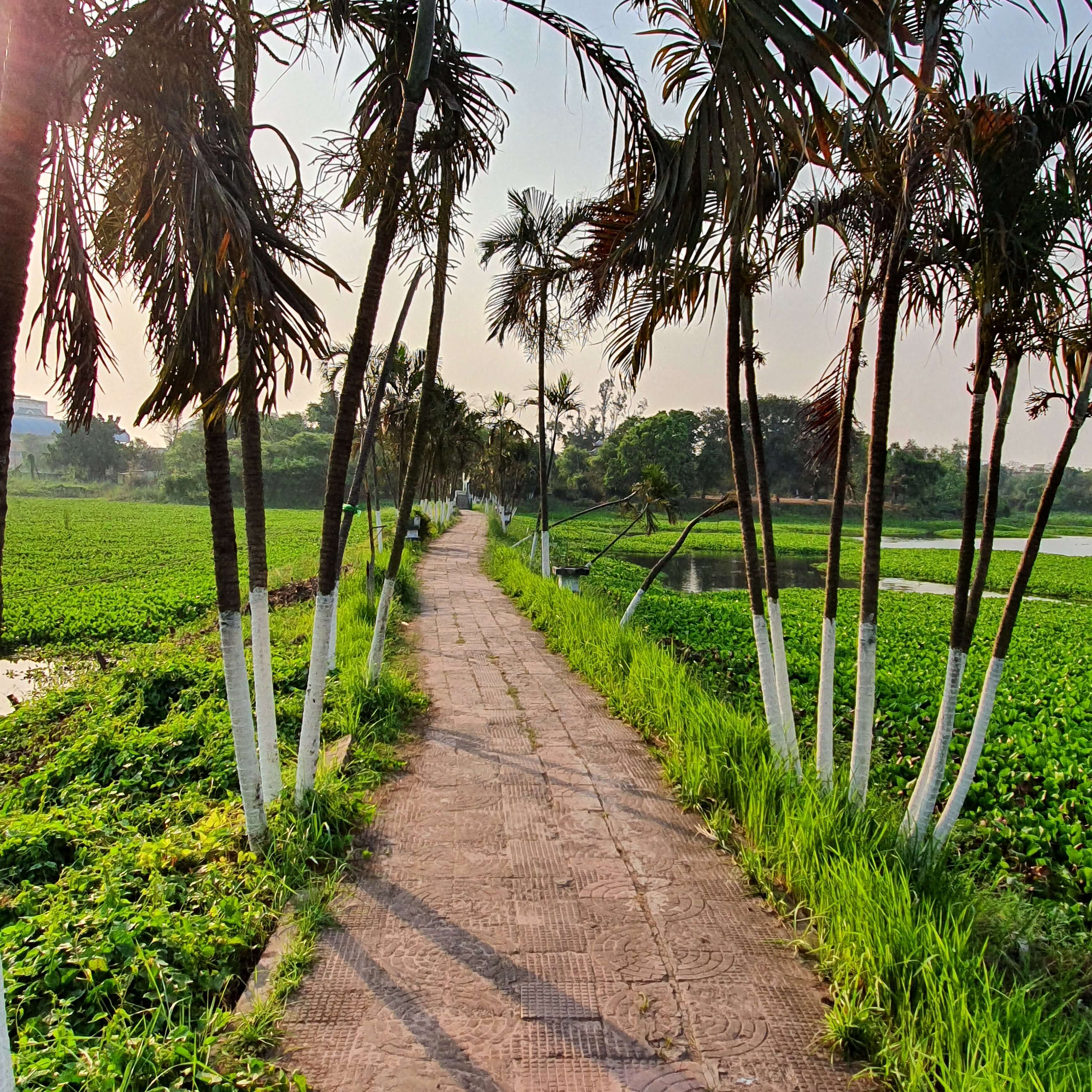Reading Time: 4 minutes
Soumya endeavours to discover Spain’s vibrant culture, rich history, breathtaking vistas, and renowned cuisine, art scene, and historical significance, exclusively for Different Truths.
Spain is the seventh European country that we’ve spent at least a week in.
Though a bit like France outwardly, it was quite distinct, as we discovered in the two weeks spent going around the country, but mostly in the south.
The people I thought were friendlier and very good-looking. A bit like the Italians.
The country is poor. There are more beggars, petty thieves, and homeless people scavenging garbage bins than I’ve seen elsewhere in Europe.
Siesta is all important. Everything closes between noon and 5 p.m.…
People are laid-back. Siesta is all important. Everything closes between noon and 5 p.m., and nothing is open on Sundays. It reminds me of Kolkata, Goa, or Cambodia. Pubs and cafes do brisk business and are omnipresent, and people spend hours sitting and talking over beer or sangria. A bit like Italy.
Like Italians, they’re proud of their separate regional identities and have different languages, food and cultures, though to us these seemed very similar.
They’ve had a violent history, both in medieval times, then the Inquisition, and finally the extremely tragic Civil War, and politics continues to be highly polarised and strong separatist movements exist. People are vocal about their opinions.
Despite 800 years of Islamic rule, not much remains except for the strong influence of art, architecture, and cuisine in the south. Every mosque was destroyed, and churches were built on the ruins. The famous cathedral in Cordoba was spared but altered and turned into a cathedral.
The Muslims were given the option of converting, leaving, or being killed…
The Muslims were given the option of converting, leaving, or being killed; thus, there was no indigenous Muslim population. Later, both Jews and Protestants met with the same fate, and the country was vehemently Catholic.
South Spain is straight out of tourist brochures, with dazzling blue skies, sparkling blue sea, palm trees, brilliantly whitewashed houses, and castles nestled on hilltops—a lot like the French Rivera or the Adriatic coast of Italy with a slight oriental air—and one fantastic improvement… Unlike the rest of Europe, the beaches are not pebbles and gravel but sand.
I often wondered how people sunbathed on such prickly surfaces. There was no such issue here, and most of the sun worshippers were topless.
Their national dish and obsession is paella, a rice dish that’s a cross between biriyani and khichri and has meat in the north and seafood in the south. But the ubiquitous snack is tapas, which could be anything from potatoes, bread, seafood, meat, vegetables, pickles, or croquettes in small bite-sized portions. One piece is offered with any drink you order, even water, at any cafe or bar which dots every street and plaza. They are also very proud of their ham, and it’s displayed everywhere, with popular restaurants being called museums of ham.
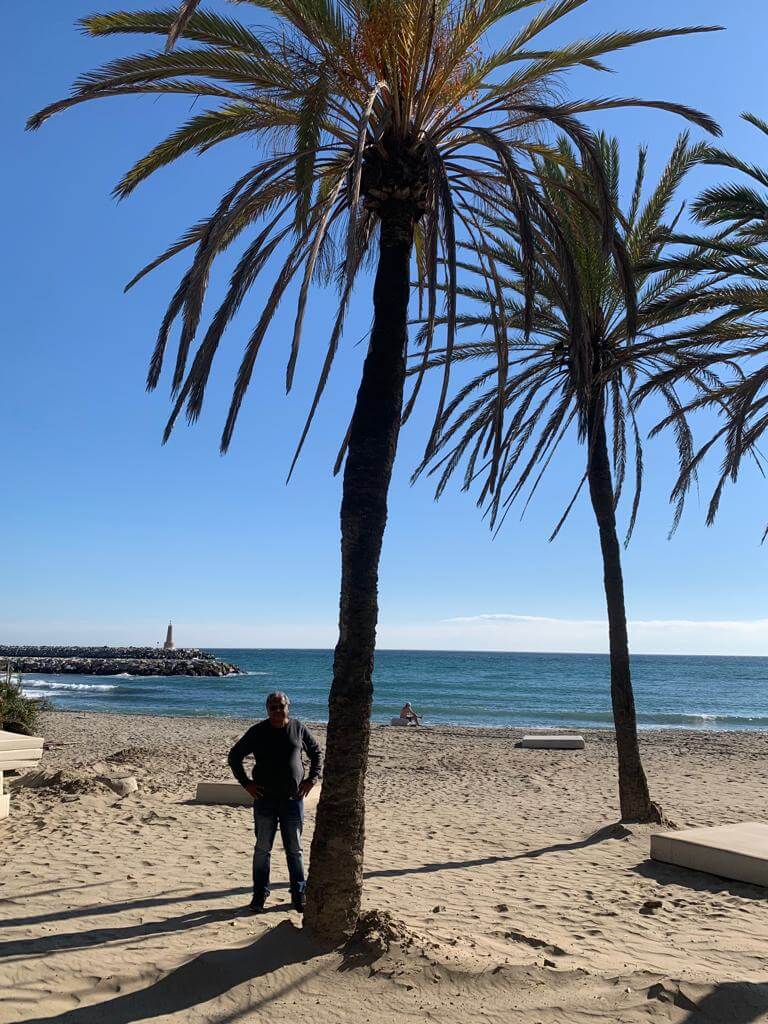

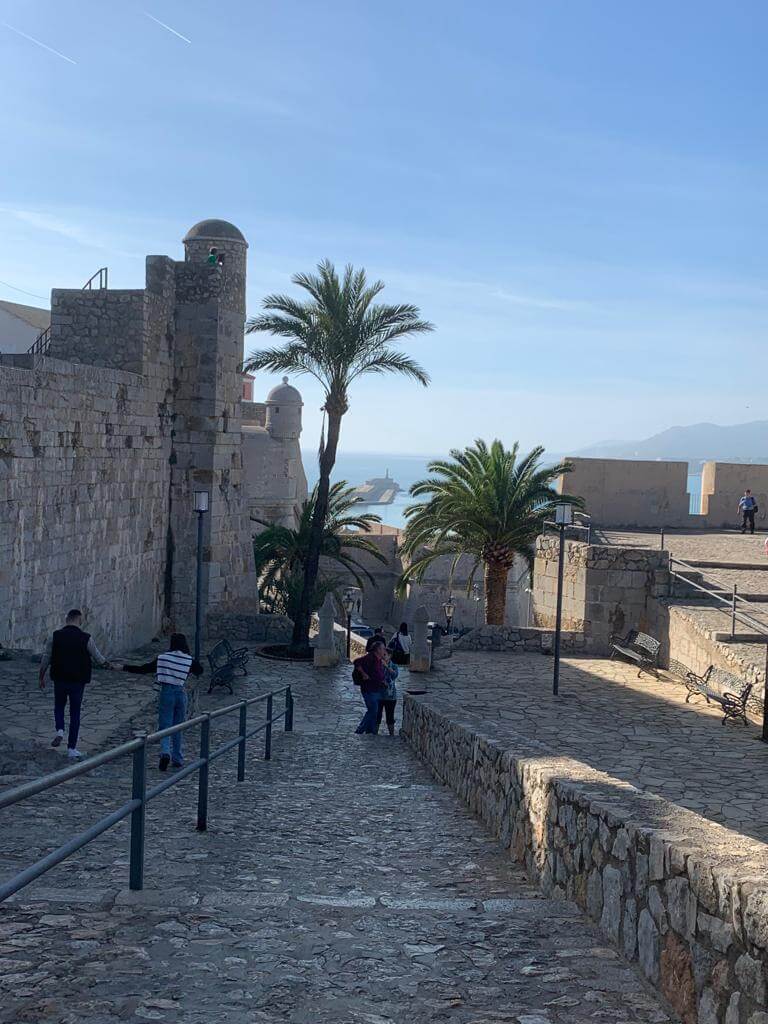

Beer and sangria are the most popular drinks, but there are regional variations.
Beer and sangria are the most popular drinks, but there are regional variations. Every city has its traditional food and drinks, or variations of regular drinks. Like Madrigo of Madrid, from a berry, just like Amarula of South Africa. The sparkling wine of Spain is Cava, and some cities only serve Cava cocktails instead of the ubiquitous sangria.
The national dessert is churro and chocolate, and there’s an iconic outlet where everyone from Antonio Banderas to Penelope Cruze and Princess Diana to Pete Sampras has visited, and their photos adorn the wall. It’s open from 5 a.m. to 1 a.m., and there are queues to enter. It was quite wonderful and better than the churros we ate everywhere else
Like everywhere else in Europe, immigrants from the former colonies work the majority of low-paying jobs, but in this country, all of them are from South and Central America because they speak the same language. Therefore, beautiful Latinas dot the markets and distinctly native American features are common.
Their national sport is very controversial bullfighting, and it has been banned in some states, but elsewhere it’s still a major obsession…
Their national sport is very controversial bullfighting, and it has been banned in some states, but elsewhere it’s still a major obsession, and matadors are national heroes. At Saville, they take art very seriously and appreciate nuances. Elsewhere, it is a boisterous blood sport that shocks current sensibilities, but you cannot deny the adrenaline rush.
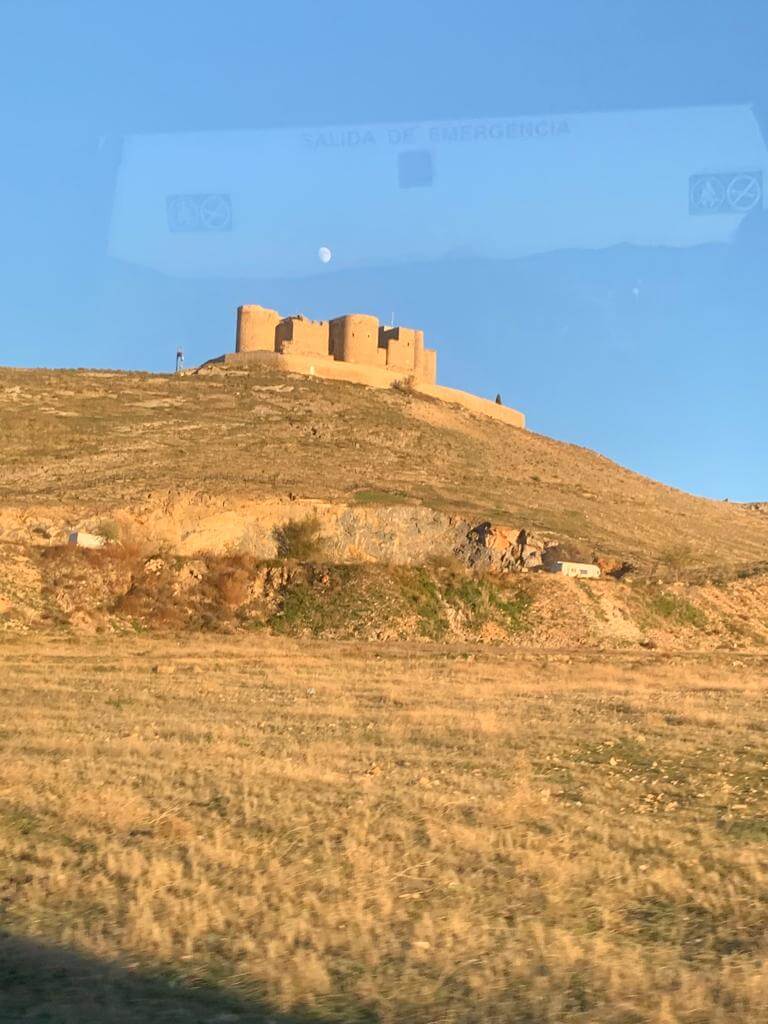

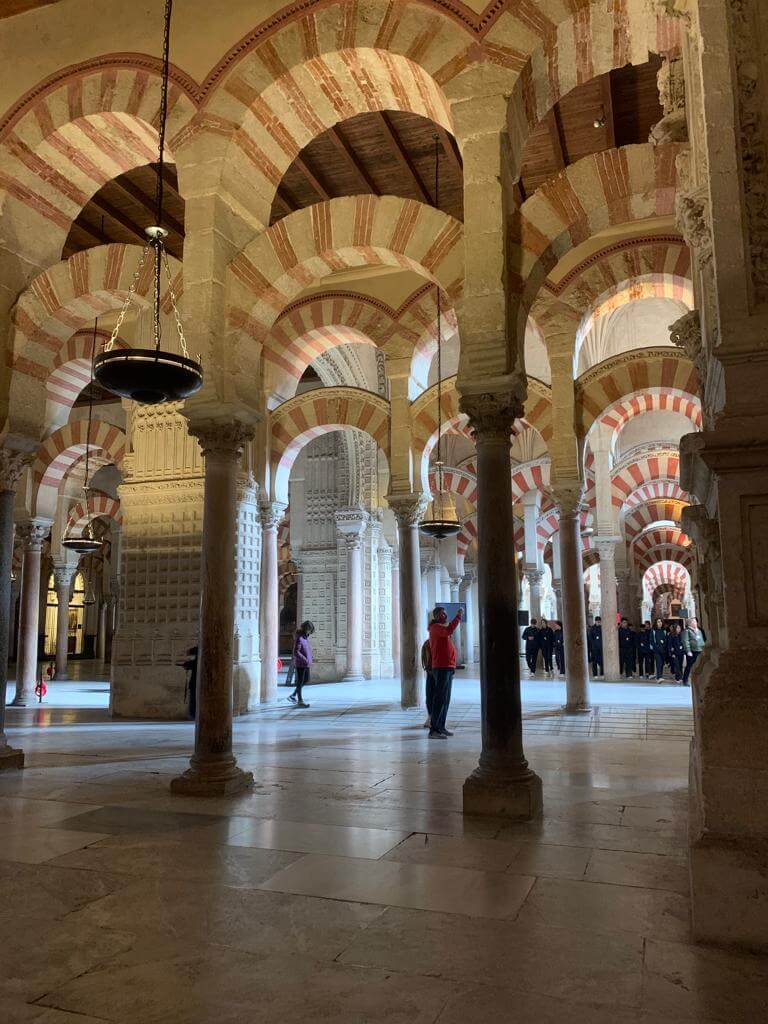

Finally, the gypsy Flamenco is a spectacle quite unlike any other dance form I’ve seen. Perhaps tap dancing evolved from it. Said to be descendants of the Banjaras of India, they have distinct features and are a big part of the tourist experience.
We thoroughly enjoyed our two weeks on the Iberian Peninsula but opted out of visiting Portugal, which has a very similar culture. Spain is justly proud of its food, music, art, architecture, culture, and seafaring history.
If Columbus had a better sense of geography, we might have been speaking Spanish today; Spain would have been far richer and probably have an Indian-origin president by now.
Photos by the author

